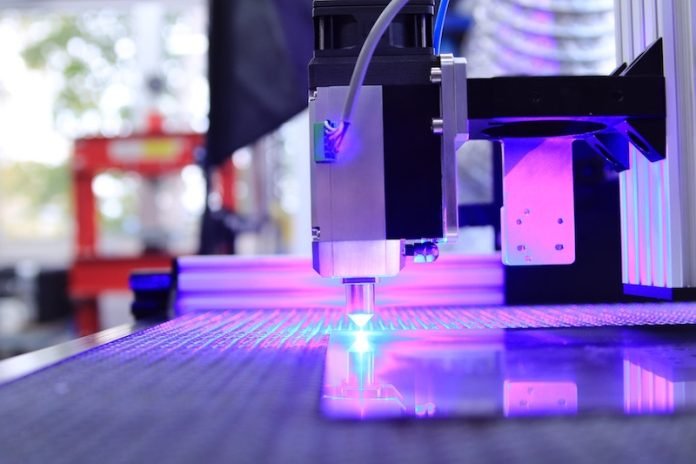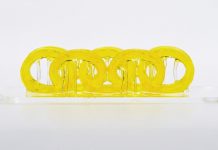
In a world that’s continuously transforming through technology, Chinese scientists at Jiangnan University have developed a groundbreaking 3D printing method.
They’ve managed to create complex shapes with ceramic, without the need for extra support. The mastermind behind this pioneering technology is Professor Liu Ren.
His team developed a special kind of ceramic mixture that becomes solid immediately when it comes into contact with near-infrared light.
Traditional 3D Printing and its Challenges
Typically, 3D printing works by a process called stereolithography. It uses lasers that bond tiny bits of plastic, metal, glass, or ceramic powder together to form a solid object. It sounds easy enough, but there’s a catch.
For larger or unusual shapes, support structures are necessary to hold everything in place until it hardens. The addition of these support structures takes extra time and increases the cost of making the object.
After the object is completely hardened, these extra structures need to be removed. However, removing them can cause problems like less precise dimensions and a rougher surface finish.
In the worst cases, taking off these support structures can even lead to tiny cracks or the object failing altogether due to the stress of the extra weight.
An alternative method to make ceramic objects involves using ultraviolet light to solidify the material.
This technique has an advantage over stereolithography because it provides better control during the hardening stage.
But the ultraviolet light has trouble reaching deep into ceramic mixtures, which limits its effectiveness.
The Innovative Technique by Jiangnan University
This is where the scientists at Jiangnan University found a solution. They figured out a way to build stronger objects faster by replacing ultraviolet light with near-infrared light.
The researchers combined this light source with their specially-developed ceramic mixture, which solidifies as soon as it’s exposed to near-infrared light.
“With the right balance of light intensity and printing speed, the ceramic mixture solidifies right where it needs to during printing.
This means we don’t need to use supports,” the team explained in their report, which was published in the scientific journal Nature Communications.
The researchers also highlighted that their 3D printing approach makes it easier to print objects with low-lying or even completely horizontal overhangs, without them sagging or tilting.
Proving the Technique’s Efficiency
The team at Jiangnan University performed tests that showed just how much of an improvement their new technique is.
They compared the depth of hardening for their ceramic mixture under both ultraviolet and near-infrared light.
When they used ultraviolet light, it took a little over two minutes to harden to a depth of 1.02 mm. But with near-infrared light, the hardening depth was triple that of ultraviolet light, and it only took 3 seconds!
The Future of 3D Printing
With these findings, the scientists are hopeful about the future of 3D printing.
They believe that by fine-tuning their ceramic mixture and printing parameters, such as the size of the nozzle, the extrusion pressure, the speed of movement, and the light intensity, they can produce objects with even higher resolution and unique appearances.
The team is confident that further research into the use of near-infrared light in 3D printing will lead to more innovation. This could help expand the use of additive manufacturing technologies.
This ground-breaking work by the team at Jiangnan University could redefine the field of 3D printing, making it faster, more precise, and more economical.
The study was published in Nature Communications.
Copyright © 2023 Knowridge Science Report. All rights reserved.



